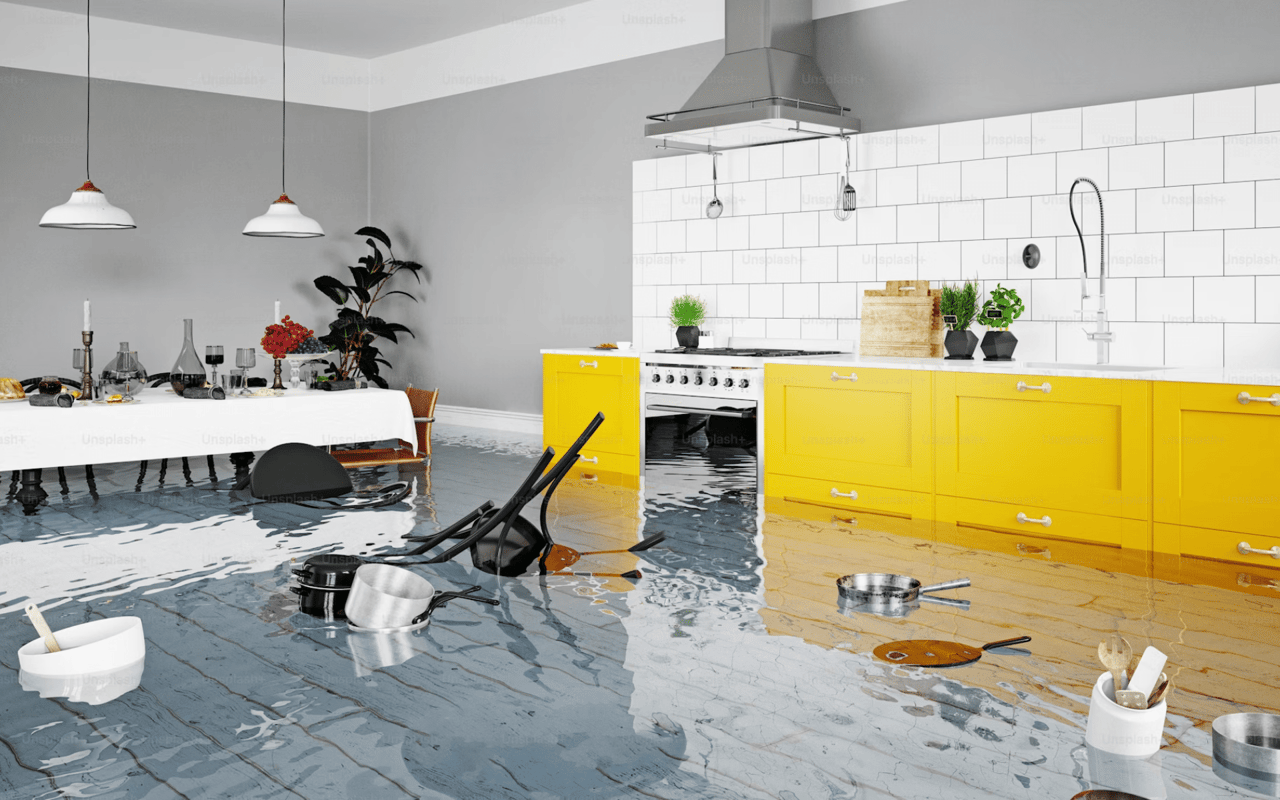Owning a home is a significant milestone, but it also comes with responsibilities, including securing homeowners insurance. This guide provides a detailed overview of what homeowners insurance covers, helping you understand its importance in protecting your investment in Piedmont or Montclair, CA real estate.
Introduction
Homeowners insurance is a fundamental part of owning a home, offering financial protection against various risks. For those new to the concept, the question often arises: what exactly does homeowners insurance cover? This guide aims to clarify the coverage aspects of homeowners insurance, particularly for Piedmont or Montclair, CA real estate.
Understanding Homeowners Insurance
Homeowners insurance is a policy that protects your home and personal property against damage or loss. It also provides liability coverage for accidents that occur on your property. This insurance is essential for mitigating financial losses due to unforeseen events.
Types of Coverage
Homeowners insurance typically includes several types of coverage:
- Dwelling Coverage
- Personal Property Coverage
- Liability Coverage
- Additional Living Expenses (ALE) Coverage
- Other Structures Coverage
Each type of coverage plays a crucial role in comprehensive protection.
Dwelling Coverage
Dwelling coverage is the cornerstone of homeowners insurance. It protects the structure of your home, including walls, roof, and built-in appliances, against perils such as fire, lightning, windstorms, and hail. If your home is damaged or destroyed by a covered peril, dwelling coverage helps pay for repairs or rebuilding.
What's Covered?
- Fire and smoke damage
- Storm damage (wind, hail, lightning)
- Vandalism and theft
- Damage from vehicles or aircraft
What's Not Covered?
- Floods
- Earthquakes
- Routine wear and tear
- Damage from neglect or lack of maintenance
For flood and earthquake coverage, separate policies are necessary.
Personal Property Coverage
Personal property coverage protects your belongings, such as furniture, electronics, and clothing, against covered perils. This coverage extends beyond your home, often protecting your items anywhere in the world.
What's Covered?
- Theft
- Fire and smoke damage
- Water damage (from burst pipes)
- Vandalism
Special Limits
Certain items like jewelry, furs, and art may have coverage limits. You can purchase additional coverage for high-value items through endorsements or floaters.
Liability Coverage
Liability coverage protects you against lawsuits for bodily injury or property damage that you or family members cause to others. It also covers damage caused by your pets.
Examples of Coverage
- Medical expenses for a guest injured on your property
- Legal fees and settlements if you are sued for an injury
- Damage you accidentally cause to someone else's property
Coverage Limits
Liability coverage typically starts at $100,000, but higher limits are advisable for more comprehensive protection.
Additional Living Expenses (ALE) Coverage
If your home becomes uninhabitable due to a covered peril, ALE coverage helps pay for temporary living expenses, such as hotel bills, restaurant meals, and other costs.
What's Covered?
- Hotel stays
- Restaurant meals
- Temporary rentals
- Additional transportation costs
Limitations
ALE coverage is subject to limits and deductibles. Review your policy to understand the specific terms.
Other Structures Coverage
This part of homeowners insurance covers structures on your property that are not attached to your home, such as detached garages, sheds, and fences.
What's Covered?
- Detached garages
- Sheds and workshops
- Fences and gates
- Swimming pools
Coverage Limits
Other structures coverage is typically a percentage of your dwelling coverage amount. For instance, if your dwelling coverage is $300,000, other structures coverage might be $30,000.
Optional Coverages
In addition to the standard coverages, you can add optional coverages to your policy to address specific needs.
Flood Insurance
Flood damage is not covered by standard homeowners insurance. Flood insurance is available through the National Flood Insurance Program (NFIP) or private insurers.
Earthquake Insurance
Like floods, earthquakes are not covered under standard policies. Earthquake insurance can be purchased as a separate policy or endorsement.
Personal Umbrella Policy
A personal umbrella policy provides additional liability coverage beyond the limits of your standard homeowners insurance. It is especially useful if you have significant assets to protect.
Scheduled Personal Property
For valuable items that exceed the coverage limits of standard personal property coverage, you can schedule personal property coverage to ensure full protection.
Factors Affecting Premiums
Several factors influence the cost of homeowners insurance premiums:
- Location: Homes in areas prone to natural disasters may have higher premiums.
- Home Value: Higher-valued homes cost more to insure.
- Deductible Amount: Higher deductibles can lower premiums.
- Coverage Amounts: More extensive coverage increases premiums.
- Claims History: Previous claims can affect your premium rates.
- Security Features: Homes with security systems may qualify for discounts.
Understanding these factors helps homeowners make informed decisions when selecting a policy.
Tips for Choosing Homeowners Insurance
Selecting the right homeowners insurance policy involves careful consideration of your needs and budget. Here are some tips:
- Assess Your Coverage Needs: Evaluate the value of your home and personal property to determine appropriate coverage amounts.
- Compare Policies: Obtain quotes from multiple insurers to compare coverage options and premiums.
- Review Exclusions: Understand what perils are excluded from your policy and consider additional coverage if necessary.
- Consider Endorsements: Add endorsements for specific needs, such as high-value items or natural disasters.
- Check Insurer Reputation: Research insurers' financial stability and customer service reputation.
By following these tips, homeowners can secure a policy that offers comprehensive protection at a reasonable cost.
Conclusion
Understanding what exactly homeowners insurance covers is essential for protecting your investment in Piedmont or Montclair, CA real estate. Homeowners insurance provides peace of mind by covering your home, personal property, liability, and additional living expenses in the event of a covered peril. By assessing your coverage needs, comparing policies, and considering optional coverages, you can ensure your home and belongings are well-protected.
Pamela Strike Fullerton: Your Real Estate Expert
For those looking to navigate the complexities of Piedmont or Montclair, CA real estate, Pamela Strike Fullerton is your trusted expert. Contact Pamela Strike Fullerton today to begin your journey toward finding the perfect home with the right coverage.




